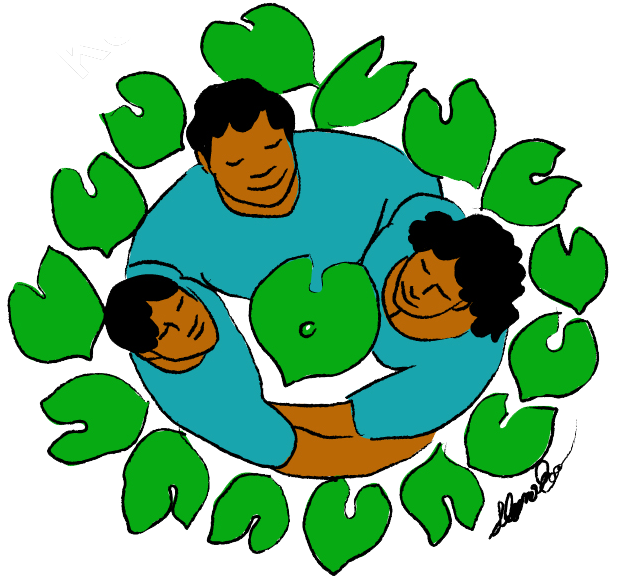Oceanic Voyaging: Star Compass
The art and science that is navigation, otherwise known as seafaring, is central to Pacific Islander cultures and one of the many skills that allowed societies to thrive. Communities were able to cross the Pacific in search of new islands to call home while also building trade relationships with other island communities they came into contact with. They also needed to be able to identify constellations, ocean currents, trade wind routes, migratory bird patterns, as well as the path of the sun and cycles of the moon. This wide girth of knowledge meant that navigators could successfully pinpoint where they were going based on where they came from.
One of the main tools for teaching navigation is the star compass. The star compass is a mental construct held in the mind’s eye of the navigator. The outer edges of the star compass touch the edges of the horizon surrounding a voyaging canoe in a complete circle and is made up of 32 star houses. The compass relies on the navigator’s ability to identify the location of a star or constellation and where it rises and sets. This information allows the navigator to hold direction on the open ocean.
Traditionally, the star compass was drawn with a stick in the sand on the edges of a beach where teacher and student can see the open ocean. Today, star compasses can be made of many different natural materials. Its use has been kept alive throughout Micronesia where navigational teachings continue, as well as throughout Polynesia, where the practice of navigation has been revived.





